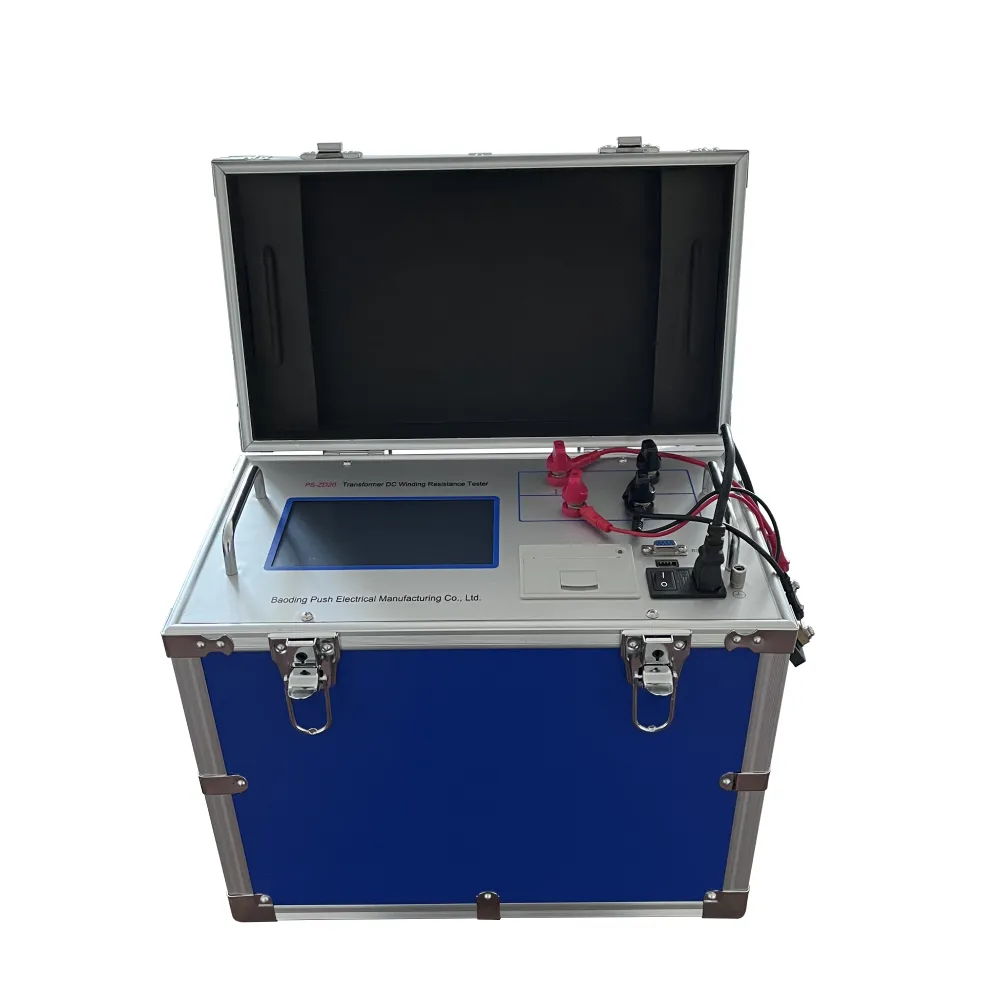 English
English



-
 Afrikaans
Afrikaans -
 Albanian
Albanian -
 Amharic
Amharic -
 Arabic
Arabic -
 Armenian
Armenian -
 Azerbaijani
Azerbaijani -
 Basque
Basque -
 Belarusian
Belarusian -
 Bengali
Bengali -
 Bosnian
Bosnian -
 Bulgarian
Bulgarian -
 Catalan
Catalan -
 Cebuano
Cebuano -
 China
China -
 China (Taiwan)
China (Taiwan) -
 Corsican
Corsican -
 Croatian
Croatian -
 Czech
Czech -
 Danish
Danish -
 Dutch
Dutch -
 English
English -
 Esperanto
Esperanto -
 Estonian
Estonian -
 Finnish
Finnish -
 French
French -
 Frisian
Frisian -
 Galician
Galician -
 Georgian
Georgian -
 German
German -
 Greek
Greek -
 Gujarati
Gujarati -
 Haitian Creole
Haitian Creole -
 hausa
hausa -
 hawaiian
hawaiian -
 Hebrew
Hebrew -
 Hindi
Hindi -
 Miao
Miao -
 Hungarian
Hungarian -
 Icelandic
Icelandic -
 igbo
igbo -
 Indonesian
Indonesian -
 irish
irish -
 Italian
Italian -
 Japanese
Japanese -
 Javanese
Javanese -
 Kannada
Kannada -
 kazakh
kazakh -
 Khmer
Khmer -
 Rwandese
Rwandese -
 Korean
Korean -
 Kurdish
Kurdish -
 Kyrgyz
Kyrgyz -
 Lao
Lao -
 Latin
Latin -
 Latvian
Latvian -
 Lithuanian
Lithuanian -
 Luxembourgish
Luxembourgish -
 Macedonian
Macedonian -
 Malgashi
Malgashi -
 Malay
Malay -
 Malayalam
Malayalam -
 Maltese
Maltese -
 Maori
Maori -
 Marathi
Marathi -
 Mongolian
Mongolian -
 Myanmar
Myanmar -
 Nepali
Nepali -
 Norwegian
Norwegian -
 Norwegian
Norwegian -
 Occitan
Occitan -
 Pashto
Pashto -
 Persian
Persian -
 Polish
Polish -
 Portuguese
Portuguese -
 Punjabi
Punjabi -
 Romanian
Romanian -
 Russian
Russian -
 Samoan
Samoan -
 Scottish Gaelic
Scottish Gaelic -
 Serbian
Serbian -
 Sesotho
Sesotho -
 Shona
Shona -
 Sindhi
Sindhi -
 Sinhala
Sinhala -
 Slovak
Slovak -
 Slovenian
Slovenian -
 Somali
Somali -
 Spanish
Spanish -
 Sundanese
Sundanese -
 Swahili
Swahili -
 Swedish
Swedish -
 Tagalog
Tagalog -
 Tajik
Tajik -
 Tamil
Tamil -
 Tatar
Tatar -
 Telugu
Telugu -
 Thai
Thai -
 Turkish
Turkish -
 Turkmen
Turkmen -
 Ukrainian
Ukrainian -
 Urdu
Urdu -
 Uighur
Uighur -
 Uzbek
Uzbek -
 Vietnamese
Vietnamese -
 Welsh
Welsh -
 Bantu
Bantu -
 Yiddish
Yiddish -
 Yoruba
Yoruba -
 Zulu
Zulu
dielectric loss meter
Understanding Dielectric Loss Meters Importance and Applications
Dielectric loss meters are sophisticated instruments used to measure the dielectric properties of materials, primarily focusing on dielectric loss. Dielectric loss refers to the energy dissipated as heat when a dielectric material is subjected to an alternating electric field. This phenomenon plays a crucial role in various applications, including materials science, electrical engineering, and quality control.
What is Dielectric Loss?
When an alternating electric field is applied to a dielectric material, it causes the dipoles within the material to oscillate. Ideally, these dipoles should align perfectly with the electric field, but in real-world scenarios, some energy is lost due to factors such as friction and internal heating. This loss manifests as dielectric loss, which is quantified using the loss tangent (tan δ). The loss tangent is a dimensionless quantity representing the ratio of the imaginary part of the complex permittivity to its real part.
The Role of Dielectric Loss Meters
Dielectric loss meters provide critical insights into the performance and reliability of materials by quantifying their dielectric properties. These devices measure the dielectric constant, loss tangent, and resistivity, providing valuable data essential for various industries, including telecommunications, automotive, aerospace, and energy sectors.
1. Material Characterization One of the primary uses of dielectric loss meters is in material characterization. Engineers and researchers utilize these devices to determine how materials behave under different frequencies and temperatures. This data is vital for selecting appropriate materials for specific applications, such as insulators in capacitors or dielectric layers in high-frequency circuits.
dielectric loss meter

2. Quality Control In manufacturing processes, maintaining material integrity is critical. Dielectric loss meters help in quality control by ensuring that the materials meet the required specifications. For example, in the production of electrical insulators, a high dielectric loss may indicate contaminants or defects in the material. By regularly testing materials with dielectric loss meters, manufacturers can reduce the risk of failures in their products.
3. Thermal Properties Analysis Dielectric loss is closely related to the thermal properties of materials. By understanding the dielectric loss, engineers can predict how a material will respond to temperature changes. This relationship is particularly important in the automotive and electronics industries, where overheating can lead to catastrophic failures.
4. Environmental Testing Many materials are exposed to varying environmental conditions during their lifecycle. Dielectric loss meters can assess how different conditions, such as humidity and temperature, affect the dielectric properties of materials. This testing is essential for ensuring the longevity and reliability of components in outdoor applications, such as power lines and telecommunication equipment.
Conclusion
Dielectric loss meters are invaluable tools in the fields of materials science and electrical engineering. Their ability to provide precise measurements of dielectric properties allows engineers and researchers to better understand material behavior and develop more reliable products. As technology continues to evolve, the applications and capabilities of dielectric loss meters will expand, playing a vital role in innovating new materials and improving existing ones.
In summary, understanding dielectric loss and utilizing dielectric loss meters can significantly impact product quality, safety, and performance across various industries. With ongoing advancements in this field, we can expect even greater accuracy and efficiency in the characterization and testing of materials in the future.
-
Ensuring SF₆ Gas Safety: Introducing PUSH’s Integrated SF₆ Analyzer for Dew Point, Purity, and Decomposition MonitoringNewsJul.10,2025
-
Exploring the Main Types of Industrial Endoscopes and Their Applications Across IndustriesNewsJul.04,2025
-
Testing Equipment Industry Sees Major Advancements in 2025: Smart & Precision Technologies Lead the WayNewsJun.06,2025
-
Applications of Direct Current Generators in Renewable Energy SystemsNewsJun.05,2025
-
Hipot Tester Calibration and Accuracy GuidelinesNewsJun.05,2025
-
Digital Circuit Breaker Analyzer Features and BenefitsNewsJun.05,2025



